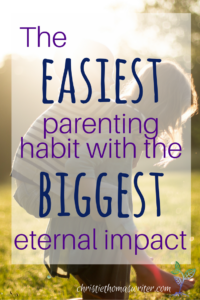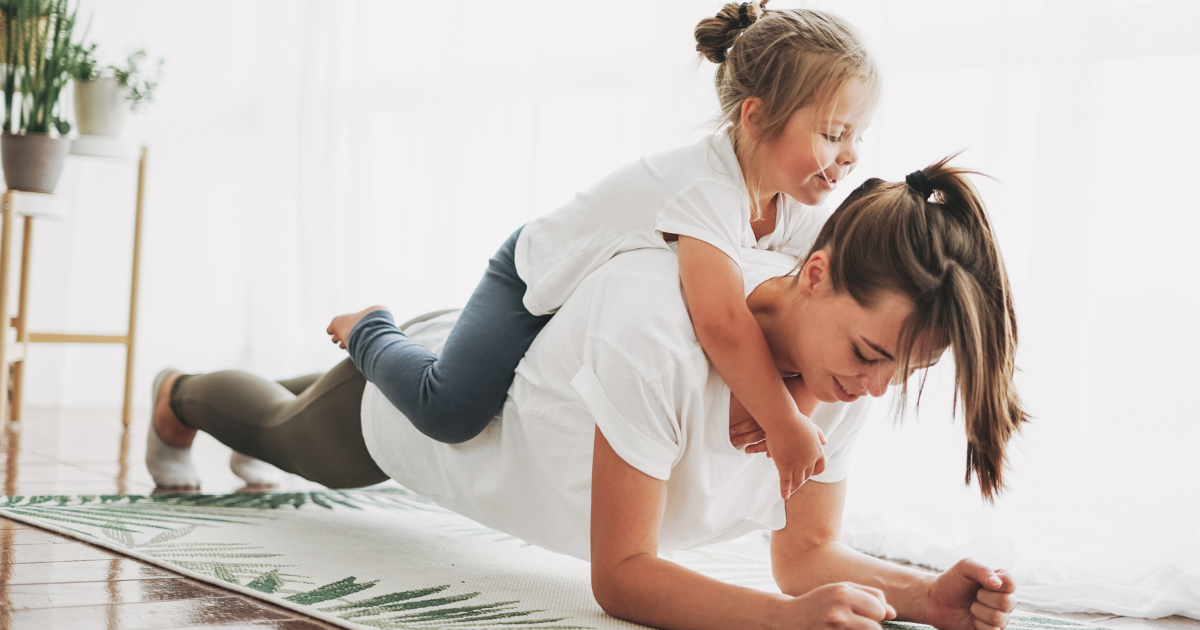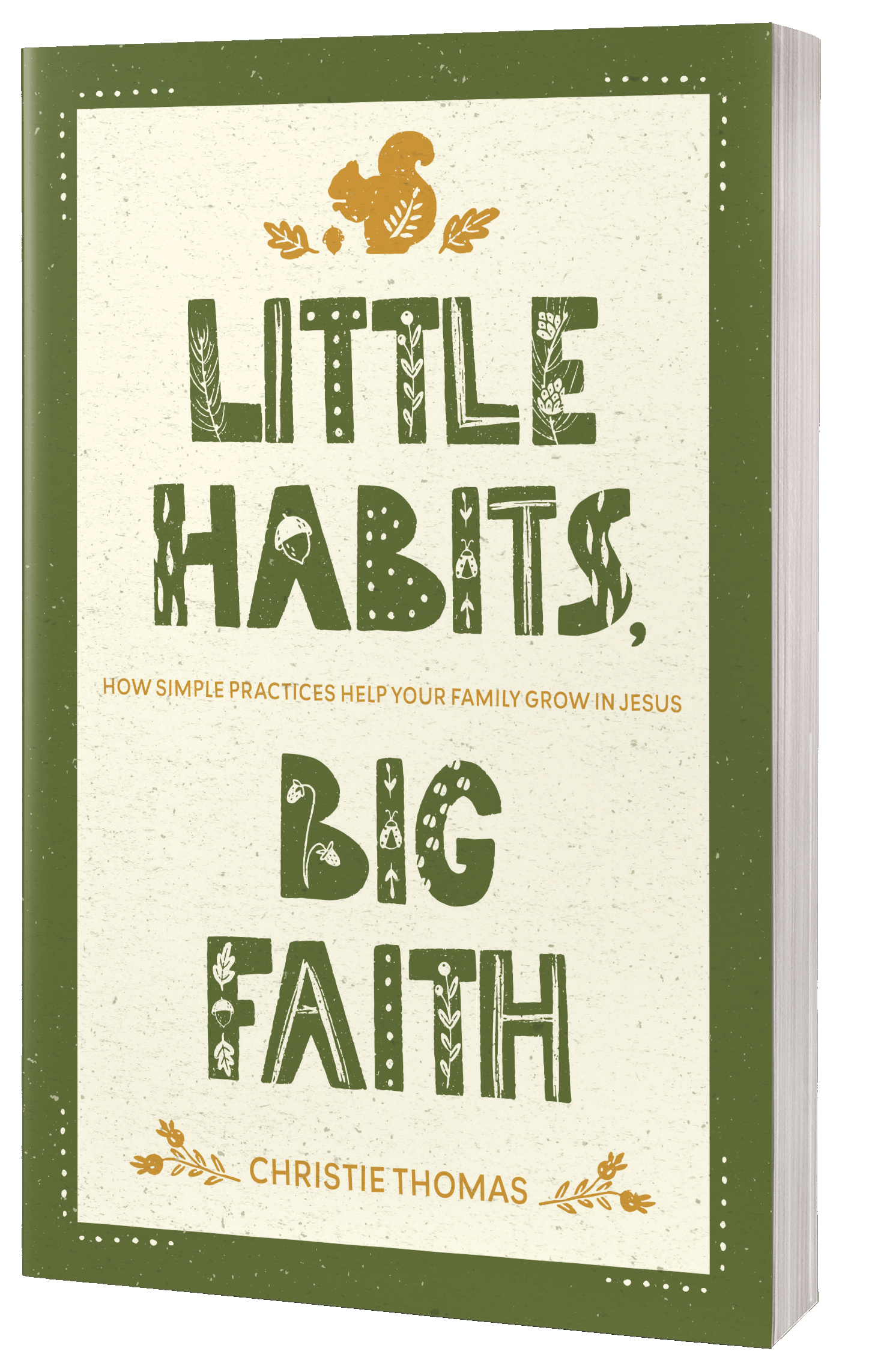Guest post by Amy Fritz
In 2013, I sat on the floor of my child’s room and listened to an epic, emotional meltdown. She didn’t have the ability to put words to what she was feeling and I was mystified.
It took a few rounds of this scenario playing out for me to understand that what she was dealing with was anxiety.
I wanted to help my anxious child, but I didn’t know where to start.
As a Christian, I knew that praying was important. We were praying, but my child was still struggling. I longed for some practical tools.
Over the last 4 years, some trial and error, and with the help of a counselor, I’ve learned some things that have been helpful.
1) Pay attention to physical body changes
If you’ve had several seasons of anxiety struggles with your kids, you may have noticed patterns.
Here’s something I’ve seen: oftentimes, my kids feel more anxious and overwhelmed as they are about to hit a physical growth spurt. Their emotions are growing too and children don’t yet have the tools for handling feeling out of sorts. Growth spurts are just one of the physical changes that can accompany (or trigger) big emotions.
The child, adolescent and early-adult years are tricky to navigate even for someone with typical brain wiring. With all the internal and external changes happening at the same time, you may see patterns of anxiety that coincide with these growth patterns. Having this knowledge helps keep the current crisis in perspective.
We’ve found that these bumps in the road don’t feel so scary now. Knowing this unsettled feeling will pass, makes it a lot easier.
2) Develop a toolbox of coping strategies.
This step takes some experimenting since every child is different. Some tools that we’ve used are journaling, reading books with encouraging verses, exercise, drawing, and quality time with mom or dad. These two books are fantastic for giving some practical tips to kids:
What to Do When You Worry Too Much
What To Do When Your Brain Gets Stuck
RELATED: Join the free 10-day anxiety prayer challenge. Learn more here.
3) Keep track of triggers.
Mental health professionals use the Holmes-Rahe Stress Inventory as one way to assess the stress level in the life on their client. Many of the things on this list are triggers for kids, also.
Common triggers for anxiety in my kids have included:
- sickness
- starting a school year
- ending a school year
- moving
- friend situations changing
- leaving/starting over at a new church.
Even things that are positive, happy experiences can be a cause of emotional stress.
During our family’s journey with dealing with anxiety disorders, one of the most powerful tools has been to talk through the things that might be happening soon that could be challenging. Being proactive and aware that upcoming life events can cause anxiety, helps diminish it a bit.
4) Help them unstick their stuck thoughts.
One of anxiety’s trickiest tools is to get a thought stuck in your head. For some kids, this leads to shame in addition to their anxious thoughts.
There are times I’ve suspected one of my children is struggling with something they don’t want to say out loud. In this case, I’ve found the most powerful way to help get their thoughts unstuck is to go for a walk, take a drive, play a favorite game, or snuggle side-by-side on the couch and tell them the things that used to make me worried when I was their age.
There is something about hearing someone else voice the things you’re afraid to say that takes away the shame and anxiety. I love this “shoulder-to-shoulder” conversation. It’s less intimidating than ‘face to face”. It’s a great way to help a child who isn’t ready to put their own words to what they are thinking.
May I wrap this up with some encouragement?
This may be an intense parenting season.
You might be feeling emotional and anxious yourself.
If that’s where you are, this prayer is for you.
Father, bless this mom. Thank you for the gift of her child. Thank you for loving and knowing her child better than she does. Carry her load when it seems too hard and provide peace and wisdom for her next step.
For one simple way to help your child start to work through anxiety, check out these articles:
The easiest parenting habit with the biggest eternal impact
Praying your child through anxiety
Amy Fritz is a wife, mom and writer. She is passionate about encouraging women in their faith, and connecting them to each other and to God’s Word. She writes about mental health, faith and navigating life change. She and her husband live near Nashville, TN with their three children. You can find her on her blog at amyfritzwrites.com, or on Facebook or Twitter.





0 Comments